In the world of horology, a watch is more than just a tool for telling time; it’s a testament to craftsmanship, engineering, and personal style. For the dedicated enthusiast, each tick and tock carries a story, a legacy of precision that demands attention and care. As we dive into the intricate realm of watch maintenance and repair, it’s important to recognize that preserving the beauty and function of these timepieces goes beyond mere aesthetics. Whether you’re an avid collector with a vault of vintage treasures or a casual wearer sporting a trusty daily companion, understanding the fundamental principles of watch upkeep can prolong their life and enhance your enjoyment. In this article, we’ll explore essential tips that will help you ensure that every second counts—whether it’s a simple routine check, needed repairs, or advanced maintenance techniques. Join us as we unlock the secrets to keeping your watch in impeccable condition, so you can enjoy the art of timekeeping for years to come.
Understanding Your Timepiece: The Basics of Watch Care
Every watch, whether a sleek dress piece or a rugged sports model, requires proper care to ensure longevity and optimal performance. To maintain your timepiece, it’s essential to start with the basics: regular cleaning and proper storage. Dust, dirt, and grime can accumulate on both the exterior and interior components. Gently wipe the case and crystal with a microfiber cloth, avoiding harsh chemicals. For bracelets, a soft-bristle toothbrush with mild soap can help remove stubborn debris. After cleaning, always make sure to dry your watch thoroughly to prevent corrosion.
Equally important is knowing when to seek professional assistance. Mechanical watches may need a servicing every 3 to 5 years, while quartz models, though requiring less maintenance, still benefit from battery replacements and occasional inspections. Here are a few critical pointers to keep in mind:
- Regular Check-ups: Schedule maintenance checks to ensure your watch functions flawlessly.
- Water Resistance: Understand your watch’s water rating to avoid damage in wet conditions.
- Temperature Considerations: Avoid exposing your watch to extreme temperatures, which can affect accuracy.
Routine Maintenance: Best Practices for Longevity
To ensure that your timepiece remains in pristine condition, adhering to routine maintenance is paramount. **Regular cleaning** is essential; employing a gentle cloth can help remove dirt and sweat that accumulate on the case and strap. For watches with metal bands, a soft brush and warm soapy water can effectively dislodge grime. Additionally, consider having your watch professionally serviced every three to five years. This service typically involves a thorough cleaning, lubrication of moving parts, and testing for water resistance to ensure that all components function effectively.
Another crucial component of watch longevity is being mindful of **environmental factors**. Watches should be stored away from extreme temperatures, humidity, and magnetic fields, as these can adversely affect functionality and accuracy. A padded watch box or a dedicated drawer serves as an ideal storage solution. Here’s a brief guide on frequency for various maintenance tasks:
| Maintenance Task | Recommended Frequency |
|---|---|
| Basic Cleaning | Every Month |
| Professional Servicing | Every 3-5 Years |
| Battery Replacement | Every 2-3 Years |
| Water Resistance Test | Annually |
Spotting Issues Early: Common Problems and Repair Tips
Keeping a close eye on your watch can prevent minor issues from becoming major headaches. **Common problems** to look out for include inaccurate timekeeping, which may indicate a need for battery replacement or mechanical servicing. Additionally, look for signs of moisture under the crystal, as this can lead to corrosion within the movement. Other potential issues include a loose or damaged strap, which can not only detract from the aesthetic appeal but also risk losing your cherished timepiece. To help keep your watch in optimal condition, consider these **repair tips**:
- **Regular battery checks**: If your watch is battery-operated, replace the battery every 1-2 years to avoid leakage.
- **Moisture evaluation**: Have your watch professionally serviced if you notice moisture inside; sealing may need to be re-evaluated.
- **Strap maintenance**: Clean the strap regularly and inspect for wear to ensure it remains secure and comfortable.
Sometimes, you may need to take a deeper dive into repairs, especially when dealing with mechanical movements. **Here’s a quick guide** to assist in diagnosing more significant issues:
| Issue | Possible Cause | Recommended Action |
|---|---|---|
| Inaccurate Time | Worn gears or lack of lubrication | Service by a watchmaker |
| Stuck Hands | Debris or damage | Professional cleaning required |
| Broken Crystal | Impact or pressure | Crystal replacement needed |
Wrapping Up
As we conclude our exploration of essential watch maintenance and repair, it’s clear that caring for your timepiece is more than just a routine obligation; it’s an art form. Whether you cherish a vintage heirloom or a modern marvel of engineering, your watch deserves the very best to ensure it stands the test of time—just as you do. By embracing these timely tips, you not only extend the life of your beloved accessory but also deepen your appreciation for the craftsmanship that goes into every tick and tock.
So, take a moment to pause, reflect, and perhaps even give your watch the attention it craves. After all, it’s not just about telling time; it’s about cherishing the moments that matter. Here’s to many more years of enjoying every second, minute, and hour with your meticulously maintained timepiece by your side. Happy ticking!





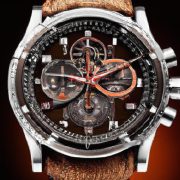
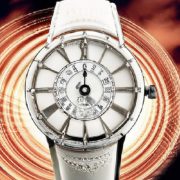

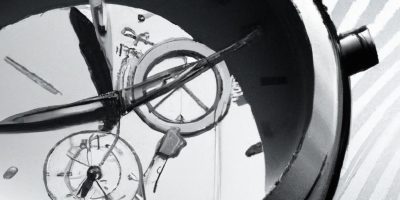
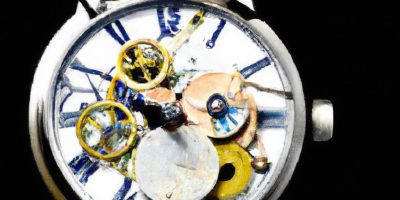



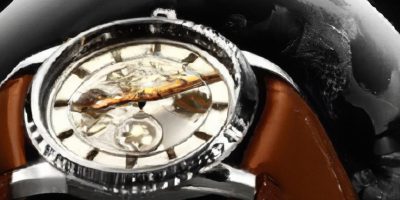



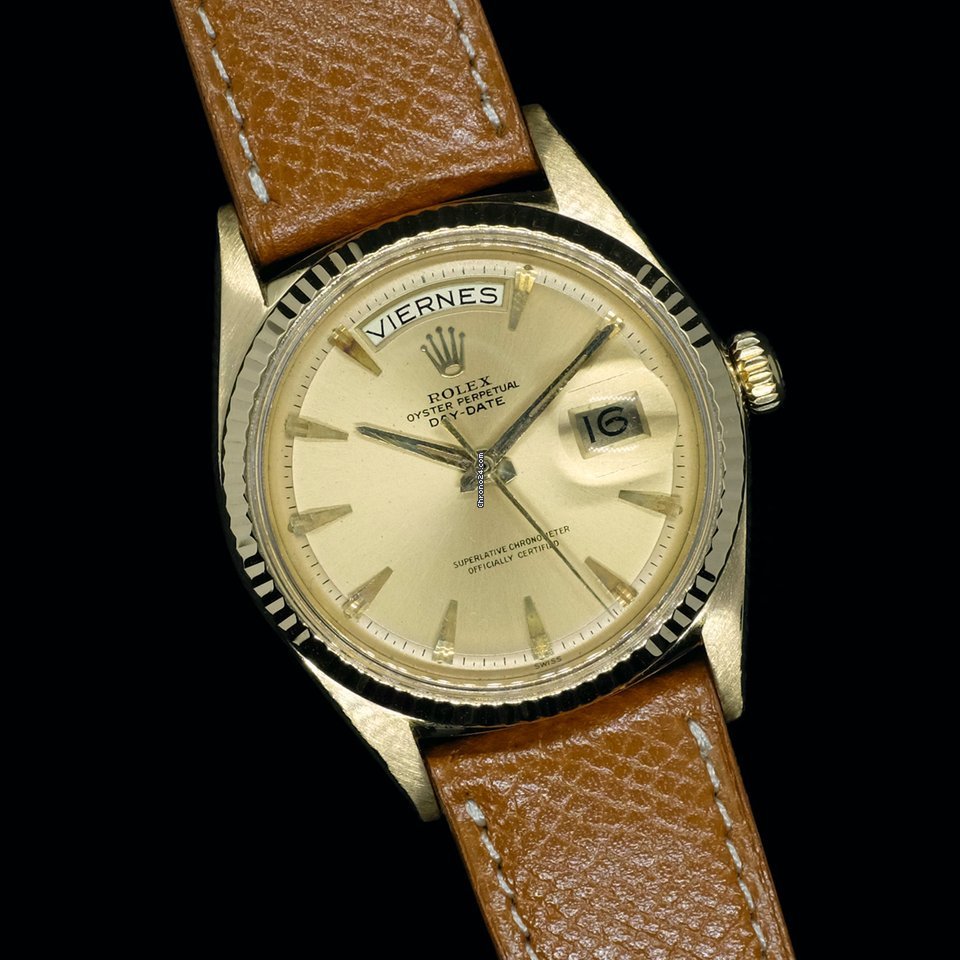
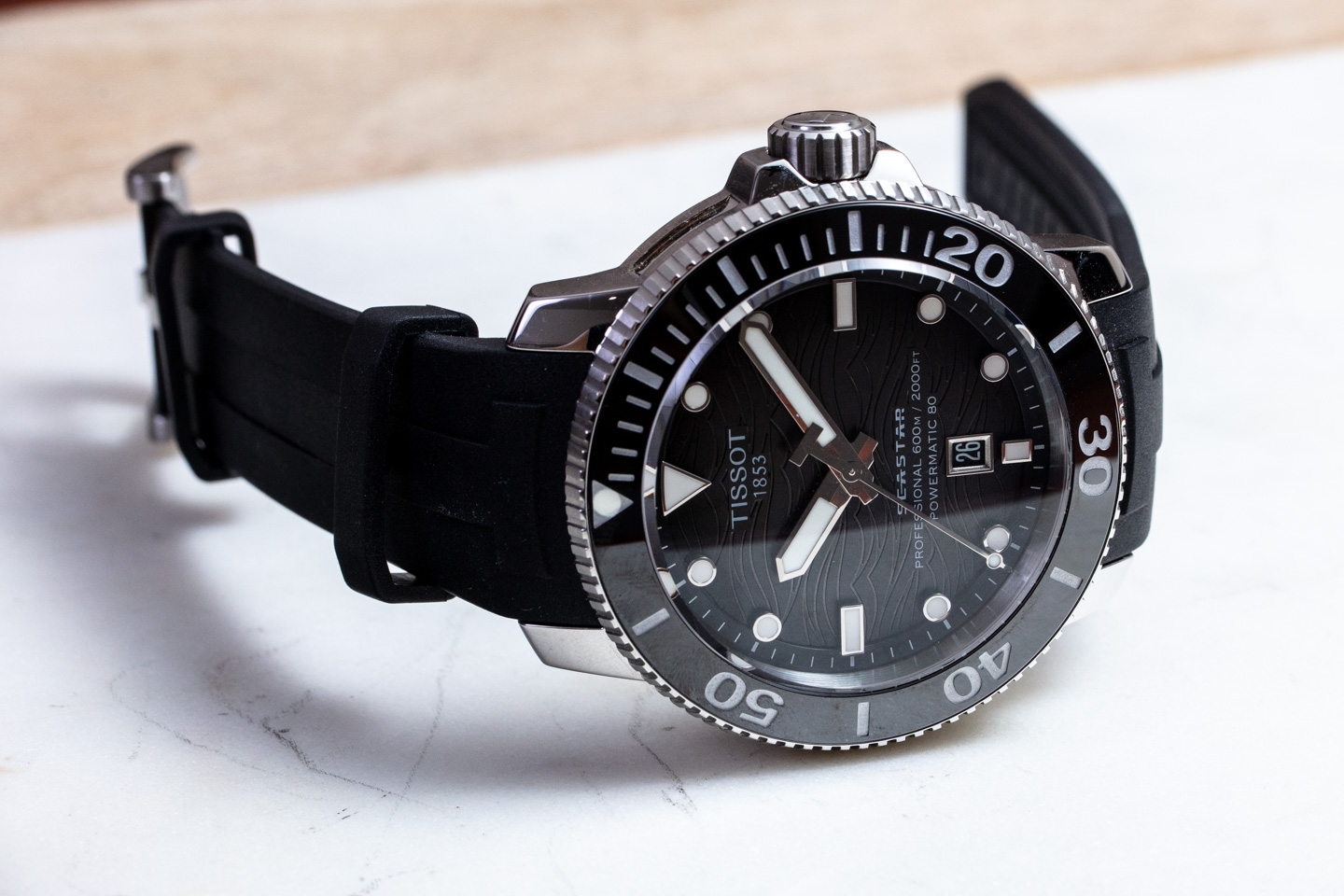

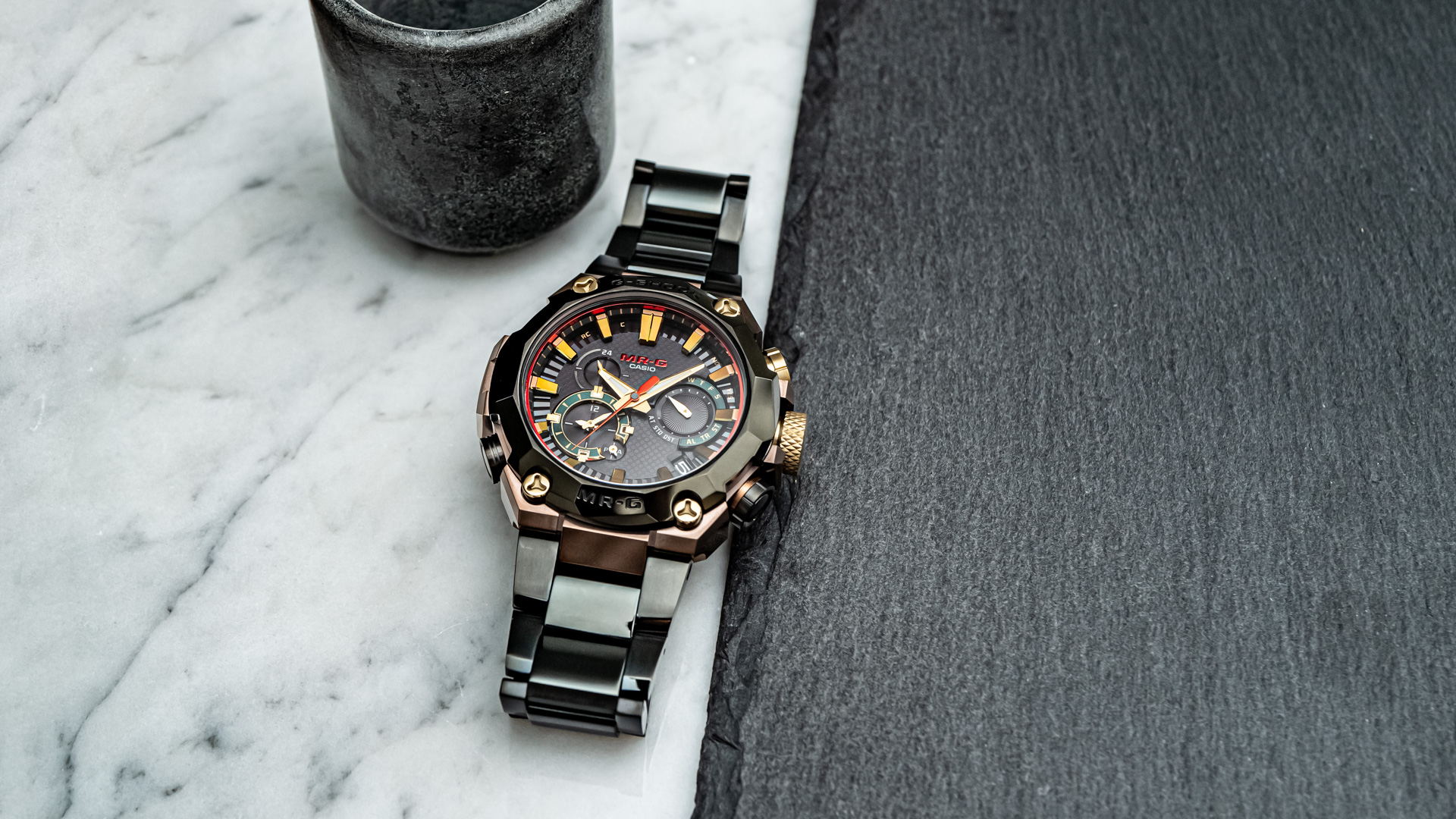


Comments